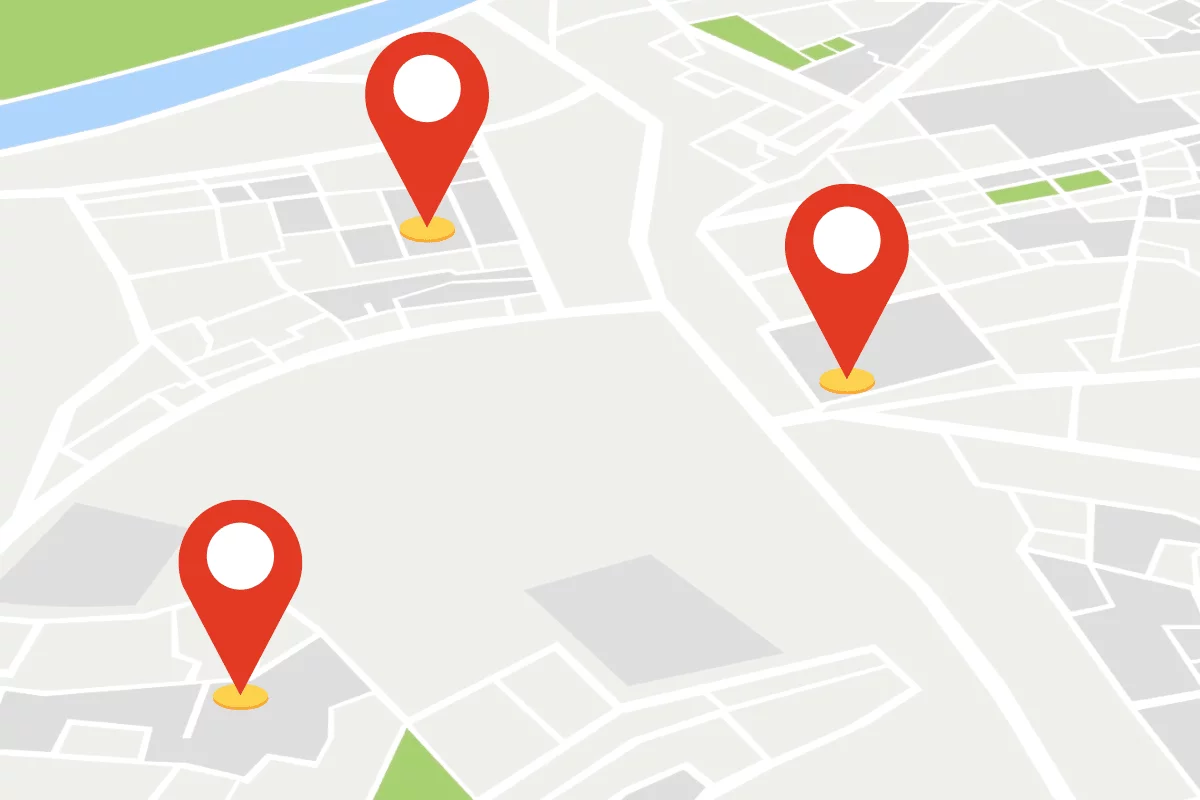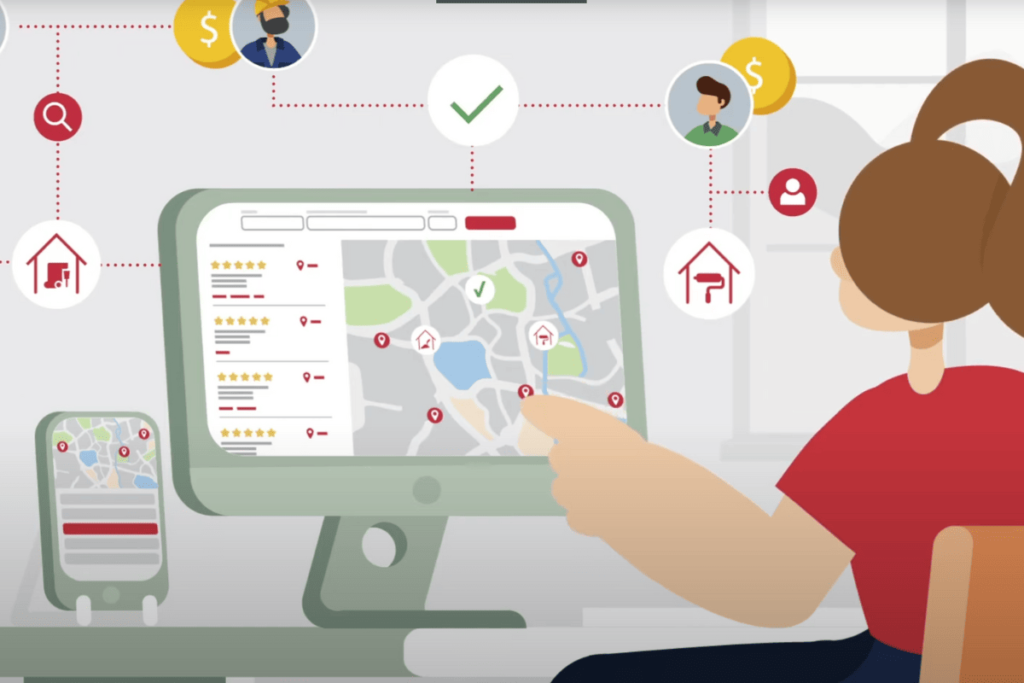Multi-Location Website Design: Best Practices for 2022
Get the most out of your location pages
By George Leon | Updated December 25, 2023
Every business owner knows that a website is critical for survival in the fast-paced world of hybrid commerce.
However, few multi-location businesses truly understand how to build an online presence that gets their website working in their favor. From installing the latest wordpress store locator to leveraging the power of local SEO, keep reading to find out five website design tips for multi-location businesses.
1. Use One Domain for All Locations
Many businesses with multiple locations feel compelled to create a unique website for each store location. If each site is well-maintained, this approach can provide some benefits in localization and local SEO.
However, many small businesses do not have the time or resources to regularly update and maintain multiple business domains, and this structure does more harm than good. Not only do the sites’ appearances suffer, but they end up cannibalizing search traffic from each other.
Therefore, a better strategy is to operate a single website domain that encompasses all your business locations. Simply adding the location name to the end of your company URL makes it relatively straightforward to direct visitors to their preferred location page.
By having a single highly professional, well-maintained website with SEO in mind for all your locations, you capture all search traffic under one umbrella, giving your company the best chance of ranking for SEO.
2. Include Elite Store Locator Software
Although we recommend creating a single parent website domain, the fact remains that you are a multi-location business and will need to quickly and efficiently direct leads to the right place to keep them moving through the sales funnel.

The best way to accomplish this is through a prominent “where to buy” or “locations” page that features the best retailer locator software on the market. Features of the best store locator software include:
- A clean, intuitive layout with the search bar prominently displayed
- Mobile GPS routing to help leads quickly identify their nearest in-person vendor
- Robust visuals of the storefront to help leads identify the location from the parking lot
- Current stock levels so that shoppers can see if their preferred location has the items they need
78% of all mobile searches result in a purchase within 24 hours, so having the right software to direct these leads to a vendor can have a direct impact on your company’s revenue.
3. Optimize the UX
If you’re reading this article, you are interested in website UX. However, while many small business owners know UX is important, few truly understand everything UX encompasses.
In the early days of web designing, UX was highly centered on creating an aesthetically pleasing website experience. And while that is still certainly part of the equation, it is far from all UX entails.
The UX of your website will ultimately determine how successful your business is.
It allows visitors to accomplish their goals, whether that be browsing for information, getting inspiration for new ideas, finding a professional to chat with, or making a purchase.
A strong UX will reduce your bounce rate and keep leads lingering on your website. Some ways to improve UX include:
- Reducing the load time for your pages
- Embedding high-quality images and videos
- Making customer service easy to obtain
- Organizing products by category
While some businesses think that they can optimize UX themselves, it is often best to enlist professional help.
Customers will leave your website in less than 10 seconds if they cannot identify value in your business, so it is best to have a UX professional iron out the kinks before your leads defect.
4. Leverage the Power of Local SEO
“You can please all of the people sometimes, some of the people all of the time, but you can’t please all of the people all of the time.”
This is an old adage that many business owners have fallen back on when identifying and segmenting their markets. And in the world of SEO, it helps explain the rise of local SEO in recent years.
Although your website theoretically has a global reach, the reality is that the world is too big, and there is too much competition for your business to stand out in a competitive sphere.
Therefore, you should localize your SEO efforts to help your business locations reach more qualified customers likely to make a purchase. This all starts with regularly posting relevant, local content to your website.
Some other ways to improve local SEO are by including pictures with prominent local landmarks, linking to posts or profiles of local authorities and influencers, and providing location-specific long tail keywords with all of your content.
5. Establish Social Credibility
You are only as good as your online reputation in 2022. Customers overwhelmingly turn to the reviews and ratings of their fellow customers to help them make a purchase decision.
Your website should include strong social credibility features.
Some ideas include embedding buttons to the social media pages of each of your business locations, featuring reviews of satisfied customers on your homepage, and providing a camera roll of your business interacting with customers in the community.
Frequently Asked Questions
how can you appear in multiple city searches with one website?
You can appear in multiple city searches with one website by including your service areas or locations on your website. You can include city information on one page or create multiple pages for each city your company serves if doing so will benefit your customers.
What is a location page?
A location page is a page on your website about a specific location your company serves or has a physical presence in. A location page should help your website visitors learn about a specific location’s hours, contact details, and service information.
Let Your Multi-Location Business Shine With These 5 Website Design Tips
Many multi-location businesses have websites, but too few have websites that bring in leads to all locations.
To get your brand moving in the right direction, consider using one domain for all locations, including elite store locator software, optimizing the UX, leveraging the power of local SEO, and establishing social credibility as the five pillars to base your website.
Written by George Leon

George Leon is a Managing Partner at Scalebloom. George loves to help business owners scale their businesses with modern marketing strategies and branding.